Mailing List
Sign up for our mailing list to get latest updates and offers.
Leh and Pangong are both stunning destinations in the Indian Himalayas. Leh, the largest town in the Indian-administered region of Ladakh, is known for its unique culture, Buddhist monasteries, and incredible mountain scenery. It's often used as a base for exploring the surrounding areas.
Pangong Lake, on the other hand, is a high-altitude lake located about 160 kilometers east of Leh. It's famous for its breathtakingly clear blue waters and its shifting colors. The lake spans both India and Tibet, though most of the accessible part is in India. The drive to Pangong from Leh is an adventure in itself, crossing several high mountain passes.
Both places offer spectacular landscapes and are popular spots for adventure seekers and nature lovers. If you’re planning a trip, be prepared for high altitudes and potential acclimatization needs, and consider the best time to visit, usually from late June to early September.
Arrival: Arrive in Leh, the capital of Ladakh. Acclimatization: Spend the day resting and acclimatizing to the high altitude. Local Sightseeing: If you’re feeling up to it, visit some nearby sites like Shanti Stupa or Leh Palace.
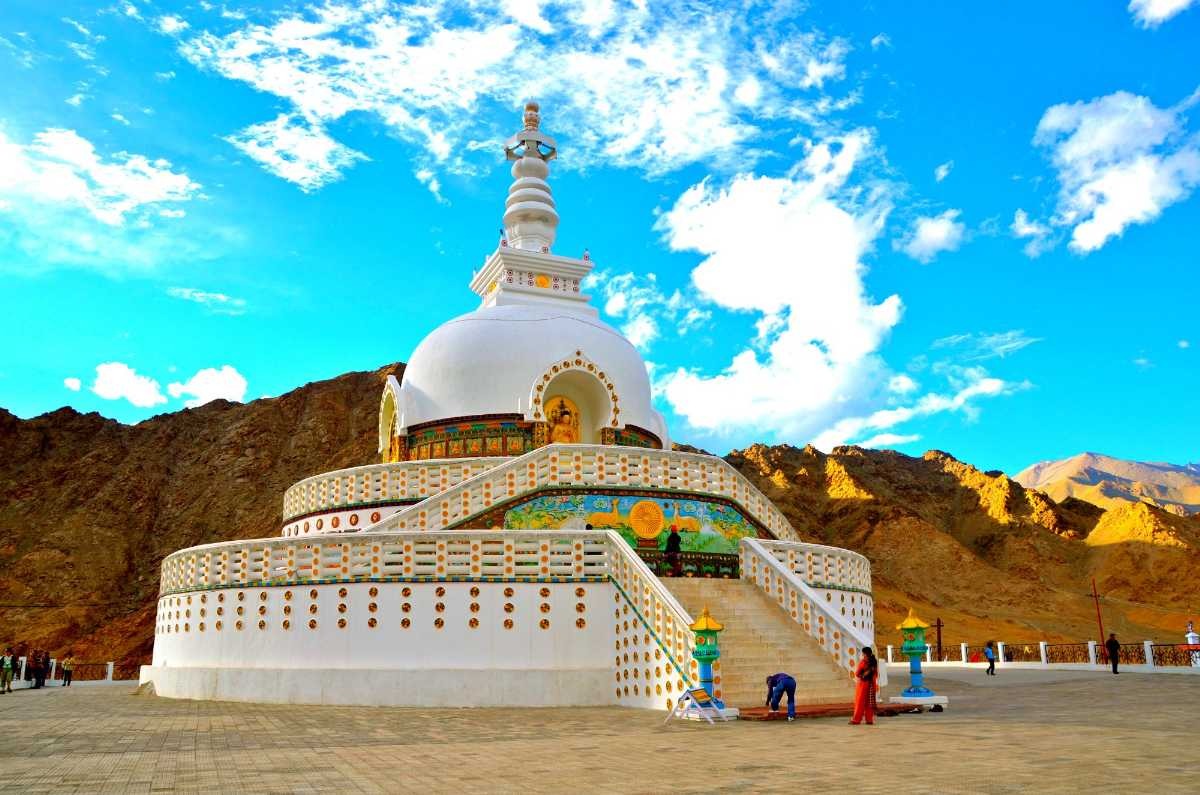
Monasteries: Visit monasteries like Hemis, Thiksey, and Shey. They offer great insights into Buddhist culture and spectacular views. Market: Stroll through the Leh Main Bazaar for local crafts and souvenirs. Dinner: Enjoy local Ladakhi cuisine at a restaurant.
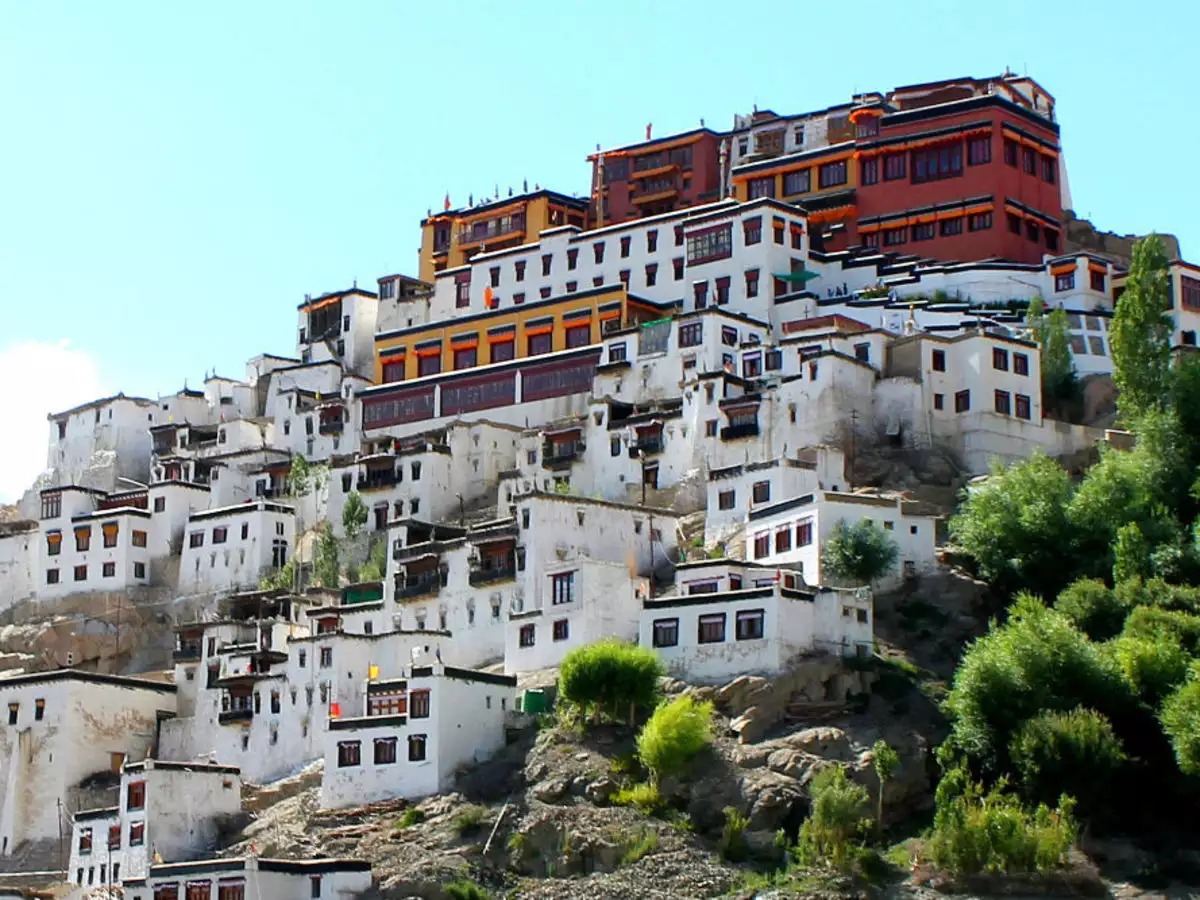
Drive to Pangong: Early morning departure for Pangong Lake. The drive is about 5-6 hours and involves crossing the Chang La Pass, one of the highest motorable passes in the world. Pangong Lake: Arrive in Pangong and enjoy the stunning views of the lake. Overnight: Stay in a camp or guesthouse near the lake.
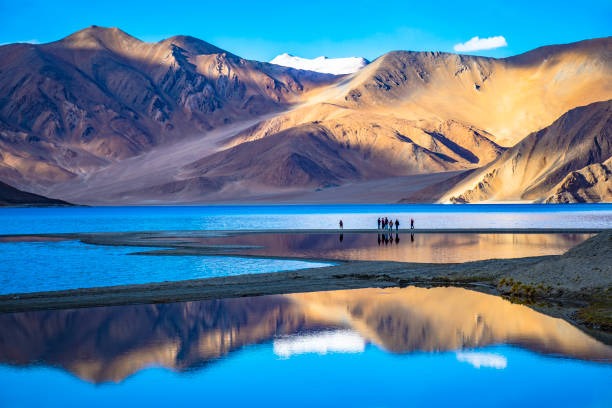
Sunrise: Enjoy the sunrise over Pangong Lake. Return to Leh: Drive back to Leh, enjoying the scenic landscapes once more. Relax: Rest and relax in Leh after the long drive.
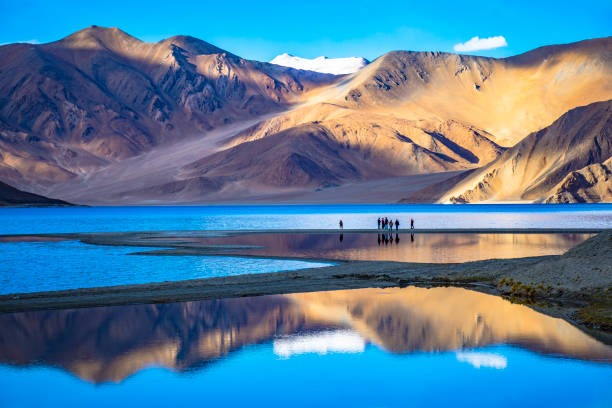
Drive to Nubra: Depart early for Nubra Valley via the Khardung La Pass, another high-altitude pass. Diskit Monastery: Visit Diskit Monastery and the giant Buddha statue. Sand Dunes: Explore the sand dunes in Hunder and consider a camel ride. Overnight: Stay in Nubra Valley.
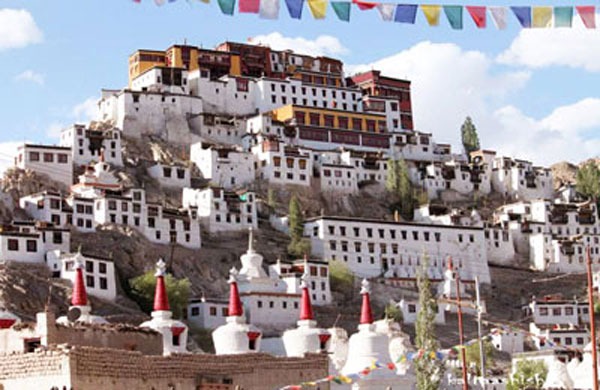
Explore Nubra: Visit other attractions in Nubra like the Yarab Tso Lake or the Panamik hot springs if time allows. Return to Leh: Drive back to Leh in the afternoon or evening. Rest: Enjoy a relaxed evening in Leh.
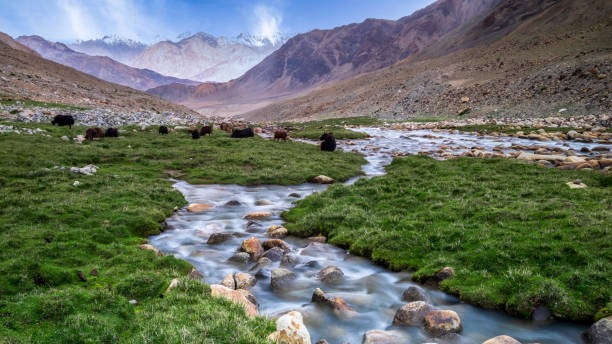
Shopping: If you have time, do some last-minute shopping or sightseeing in Leh. Departure: Head to the airport for your flight back home
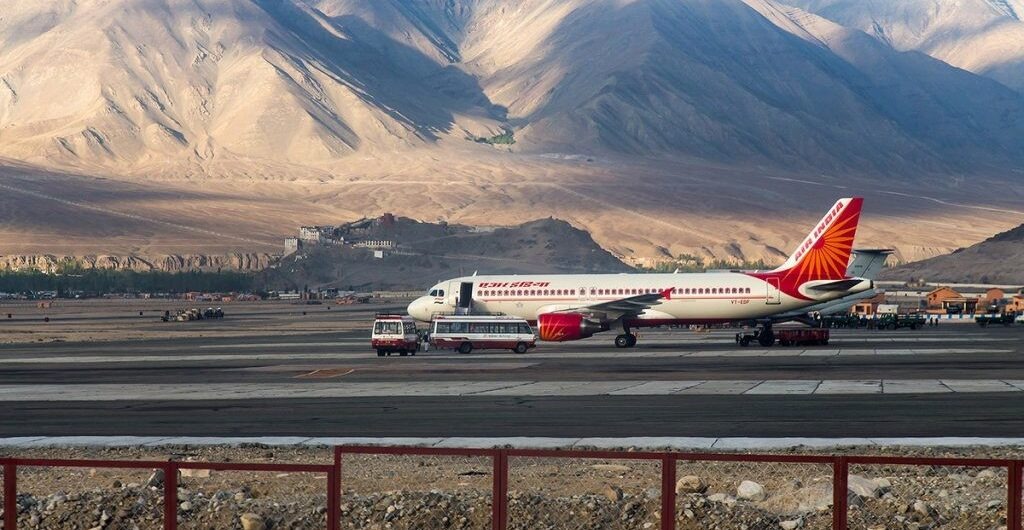
Answer: The best time to visit is from late June to early September. During this period, the weather is relatively mild, and the roads are generally open. The summer months provide the best conditions for sightseeing and travel in Ladakh.
nswer: Yes, you will need permits to visit Pangong Lake and Nubra Valley. Foreign nationals require an Inner Line Permit (ILP), which can be obtained through a tour operator or at the DC Office in Leh. Indian nationals also need an ILP for these areas, which is typically arranged in Leh.
Answer: To acclimatize to the high altitude, spend the first day or two resting and avoid strenuous activities. Stay hydrated, avoid alcohol, and eat light meals. Consider consulting a doctor about altitude sickness medications if you’re prone to it.
Answer: Pack warm clothing, including thermal layers, a good quality jacket, gloves, and a hat, even if traveling in summer. Also, bring sunscreen, sunglasses, a reusable water bottle, comfortable walking shoes, and any personal medications.
Answer: In Leh, you can find a range of accommodations from luxury hotels to budget guesthouses. At Pangong Lake, options are more limited, typically consisting of campsites or basic guesthouses. Booking in advance is recommended, especially during peak tourist season.
Answer: Generally, Ladakh is a safe destination for travelers. However, always follow local advice, respect travel advisories, and be cautious with road conditions, especially during unpredictable weather.